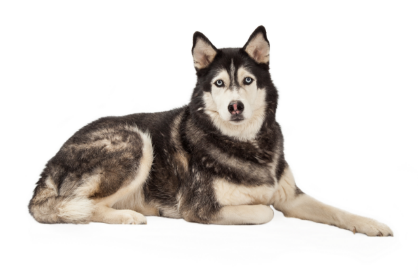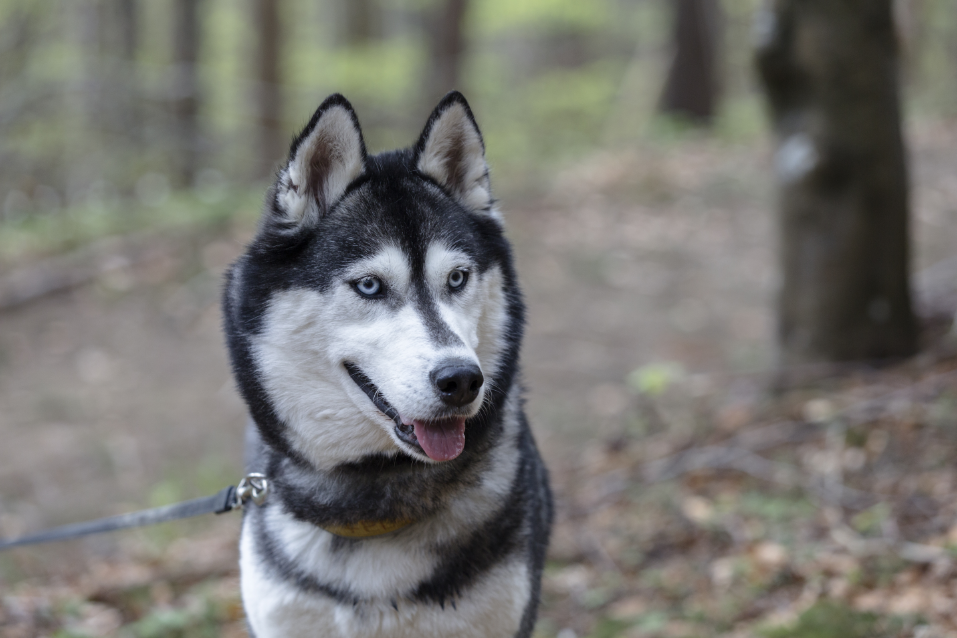Huskies 101
Working groupKnown for a wolfy look, a dense double coat that sheds in eye-popping volume, and a reputation as an escape artist, the Siberian Husky is a playful, high-energy breed that is a ton of fun to be around. If winter activities or howling at the moon are your thing, this is your dog.
 What we love about Huskies
What we love about Huskies
The ultimate snow country companion
Huskies tend to be independent and sometimes stubborn. Early manners training and consistent handling may help with leash-walking, otherwise don’t be surprised when your sled dog pulls you down the street. Without regular, heart-thumping exercise, Siberian Huskies may find other outlets for their energy, including digging and general destructiveness.
My pet’s health plannerSM

Nationwide can help you save on your Siberian Husky's health care no matter what lifestage they’re in.
Get your Siberian Husky’s health information in a free report

Siberian Huskies are known for their endurance in cold climates, and one dog became famous for just that. In 1925, Balto led his team in the final leg of a grueling sled dog relay, delivering a lifesaving serum to Nome, Alaska during a diphtheria outbreak. Balto's heroic journey made him a symbol of courage and determination, inspiring books, movies, and statues in his honor.
Siberian Husky coat care and colors
Not surprising for a dog developed to pull sleds through bitterly cold, snowy landscapes, the Siberian Husky has a lot of coat. While the breed sheds all the time, the Siberian “blows” its coat in spring and fall, dropping fur in astonishing volume. Regular brushing and combing down to the skin will reduce shedding to a decent degree, and doing it outdoors makes for easier clean-up. Acclimating puppies to having their feet handled and nails clipped or ground down is key to making future nail trims easier on everyone.
While most people probably think of these dogs with gray and white coats, they do come in nine recognized color varieties.
Do Siberian Huskies shed a lot?
What is a double coat?
What is the best way to manage shedding in a Husky's double coat?
Husky exercise & training
Husky fun facts
Top girl names for Huskies
of Huskies are female
of Huskies are male
Top boy names for Huskies
Nationwide loves Siberian Huskies of every name, from Aaron to Zog the Destroyer
Other breeds like Huskys
Best. Siberian Husky insurance. Ever.SM
- Pet insurance premiums starting at $25/mo.
- Visit any licensed veterinarian, anywhere
- Cancel at any time, risk-free







